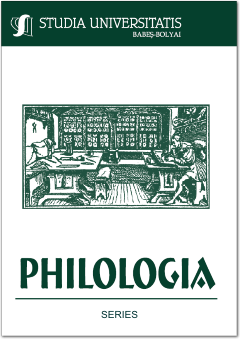UTOPIES A L’INTERIEUR DE LA TERRE A L’ÂGE CLASSIQUE
SUBTERRANEAN UTOPIAS IN THE CLASSICAL AGE
Author(s): Corin BragaSubject(s): Language and Literature Studies, Literary Texts
Published by: Studia Universitatis Babes-Bolyai
Keywords: Utopia; Extraordinary Voyages; Hollow Earth; Athanasius Kircher; Simon Tyssot de Patot; Ludvig Holberg; Giaccomo Casanova
Summary/Abstract: Subterranean Utopias in the Classical Age. During the Renaissance, Buridan’s medieval model of the Earth as a sphere of waters was replaced by the model of the terrestrial globe (“globe terraqué”). Up to the 19th century, scholars had thought that the center of our globe was hollow. Athanasius Kircher and Johannes Herbinius saw Earth as a cheese-like organism, in which the four elements coexisted in four distinct capillary systems. Edmund Halley and subsequent thinkers imagined that the Earth was a hollow sphere, with a smaller interior globe. Utopian writers of the Early Modern and Classical Ages, such as Ludvig Holberg and Giaccomo Casanova, appropriated these models in order to place marvelous and fantastic, often non-human kingdoms and societies, within our planet.
Journal: Studia Universitatis Babes-Bolyai - Philologia
- Issue Year: 60/2015
- Issue No: 4
- Page Range: 137-152
- Page Count: 16
- Language: French

